A team of University of Washington (UW) students has developed an innovative solution to enhance energy grid reliability using self-charging drones designed to monitor power lines. Known as Team Voltair, they secured the $15,000 grand prize at the UW’s Environmental Innovation Challenge on April 3, 2025, held at Seattle Center. This achievement highlights a promising advancement in Drone Technology aimed at addressing the growing challenges of grid maintenance amid rising electrification demands and aging infrastructure.
A New Approach to Grid Reliability
The core idea here is straightforward: Voltair’s drones tackle a critical need for reliable power as electrification expands across transportation, heating, data centers, and manufacturing. With grid outages increasing due to extreme weather and a retiring workforce, the students’ solution is timely. “If you are considering getting an EV or installing a heat pump… it doesn’t make a lot of sense if your power goes out every month,” said Ronan Nopp, a Voltair team member. Their technology aims to ensure near-100% uptime, which is crucial for consumer confidence in electrification.
The drones are designed to survey thousands of miles of power lines, initially focusing on rural areas where vegetation encroachment is a significant threat. Future iterations will expand to detect insulator degradation and hardware wear. Equipped with AI, the system analyzes video and data to pinpoint issues, guiding maintenance crews efficiently.
Technical Innovation: Self-Charging Drones
The standout feature is the drones’ ability to recharge directly from power lines. This eliminates the need for frequent recalls, a logistical challenge given the vast distances covered by utility networks. Currently semi-autonomous, the drones are on track to become fully autonomous, potentially revolutionizing aerial inspections. The team has developed this technology using their collective expertise to create a functional prototype.
Spanning roughly 240,000 miles of high-voltage transmission lines in the U.S., according to the American Society of Civil Engineers, the scale of this challenge is immense. Voltair’s design offers a practical edge over traditional methods, where line workers manually inspect or use crewed aircraft—both costly and time-intensive. At an average drone speed of 30 mph, a single unit could theoretically cover 720 miles in a 24-hour period, assuming continuous operation with recharging breaks.
Industry Context and Market Potential
The Drone Industry has seen steady growth, with the global market for commercial drones projected to reach $58.4 billion by 2026, according to MarketsandMarkets. Infrastructure inspection is a key segment, driven by aging grids and regulatory pressure to prevent outages and wildfires. In 2023 alone, vegetation-related incidents caused over 1,500 outages in the U.S., costing utilities millions, as reported by the North American Electric Reliability Corporation.
Voltair’s solution aligns with this trend. Their outreach to utilities, including team member Hayden Gosch’s internship at Seattle City Light, has informed a product tailored to real-world pain points. “We interviewed over a dozen local utilities to find out what they’re looking for,” Gosch noted. This groundwork positions them well for partnerships, a critical step toward deploying their minimum viable product (MVP).
Competitors like Skydio and DJI dominate the inspection drone space, but Voltair’s self-charging capability could carve out a niche. Skydio’s X2, for instance, offers advanced AI but lacks in-flight recharging, requiring battery swaps or returns. Voltair’s innovation could reduce operational costs—potentially by 20-30% over crewed inspections, which average $50-$100 per mile according to industry estimates.
Regulatory and Practical Considerations
Deploying drones over power lines isn’t without hurdles. The Federal Aviation Administration (FAA) governs U.S. airspace, requiring Beyond Visual Line of Sight (BVLOS) approval for autonomous operations over long distances. Current rules limit most commercial drones to 400 feet altitude and operator proximity, though waivers are possible. Voltair’s push for full autonomy will hinge on navigating these regulations, a process that could take 12-18 months based on recent FAA timelines for similar projects.
Safety is another factor. Recharging from live power lines (typically 69 kV to 765 kV in the U.S.) demands robust insulation and precision to avoid shorts or damage. The team’s prototype suggests they’ve tackled this, but scaling up will require rigorous testing. Utilities may also need to adapt infrastructure—think designated charging zones—adding modest costs to adoption.
Broader Implications and Future Outlook
Voltair’s work could have impacts beyond utilities. Reliable grids underpin electrification goals, from EV adoption (projected to hit 30% of U.S. vehicle sales by 2030, per BloombergNEF) to renewable energy integration. By curbing outages and fire risks—wildfires linked to power lines cost $1.5 billion annually, per Cal Fire—this technology supports both economic and environmental aims.
The team’s next steps include refining their MVP and pitching at the UW Dempsey Startup Competition. Success there could attract the $50,000-$100,000 in seed funding typical for such events, per past winners like Aquagga. With utility talks underway, 2026 could see pilot deployments.
DroneXL’s Take
Voltair’s fusion of AI, autonomy, and self-charging tech marks a leap forward for drone utility. While regulatory and scaling challenges loom, their focus on rural grids—a notoriously underserved area—fills a gap. If they secure utility buy-in, this could redefine how we maintain the backbone of modern life. Keep an eye on these students; they’re not just winning prizes—they’re wiring the future.
Photo courtesy of UW Buerk Center for Entrepreneurship / Paul Gibson.
Discover more from DroneXL.co
Subscribe to get the latest posts sent to your email.





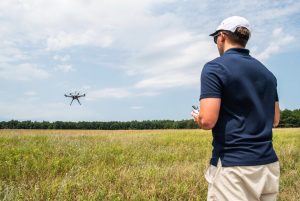
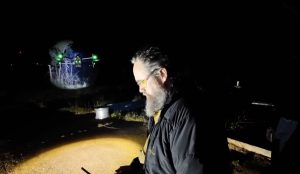
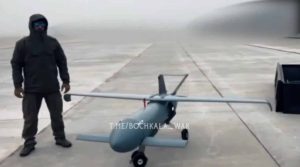
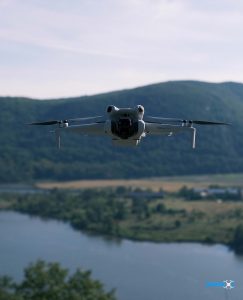
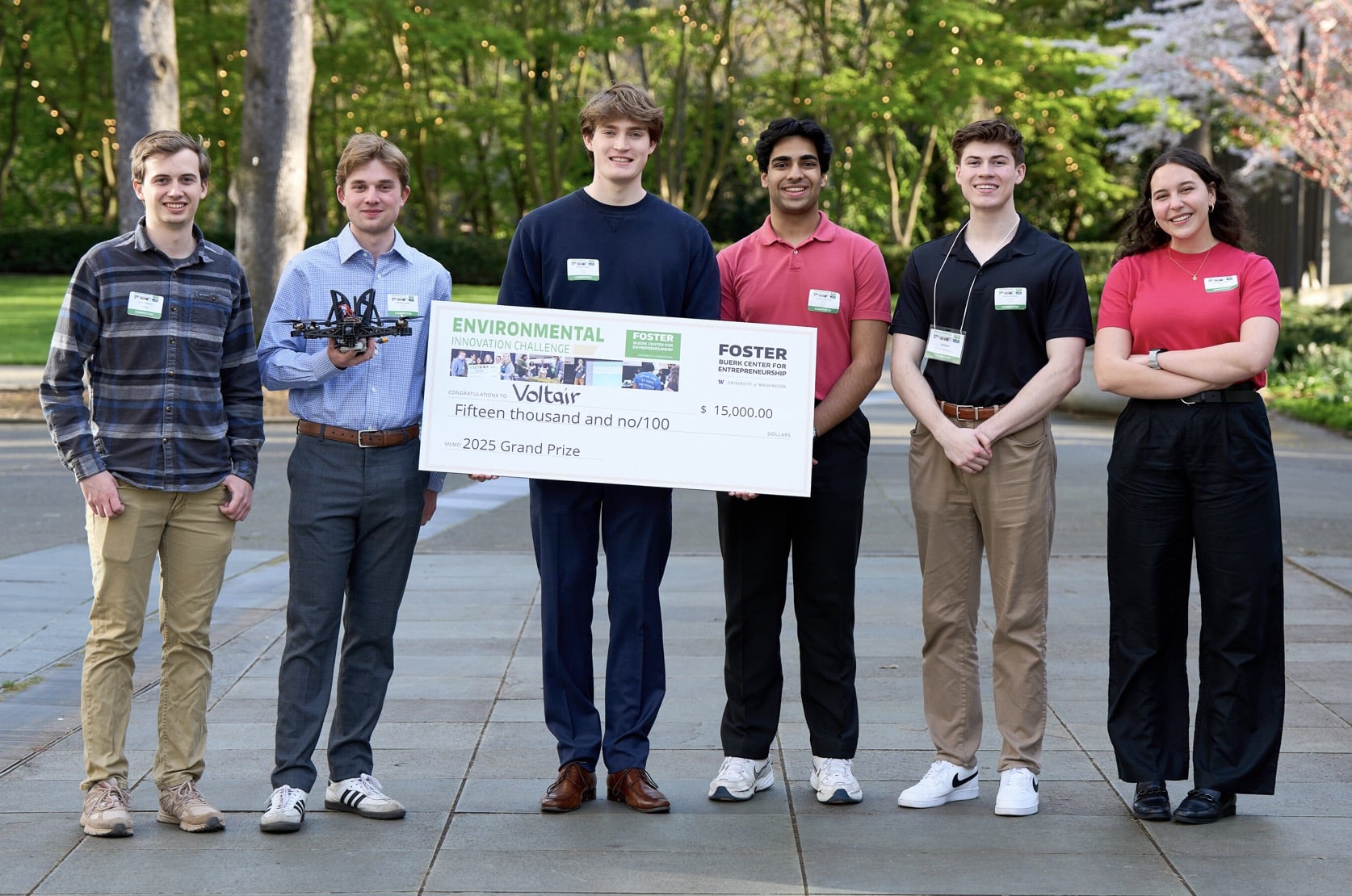





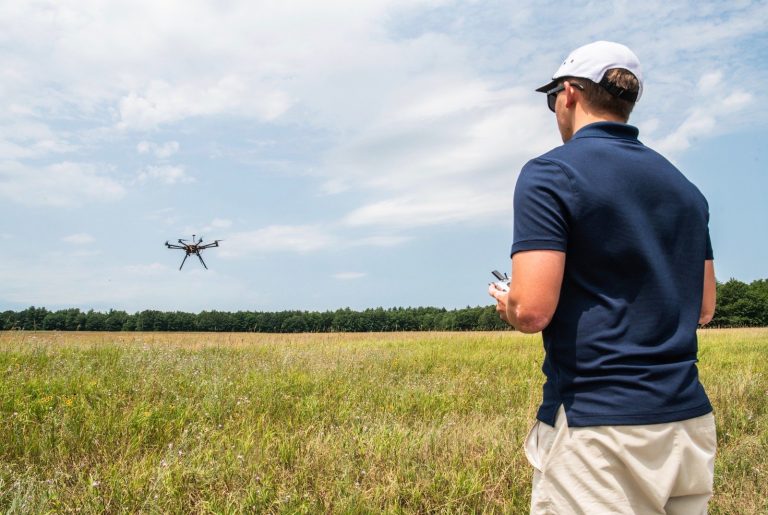
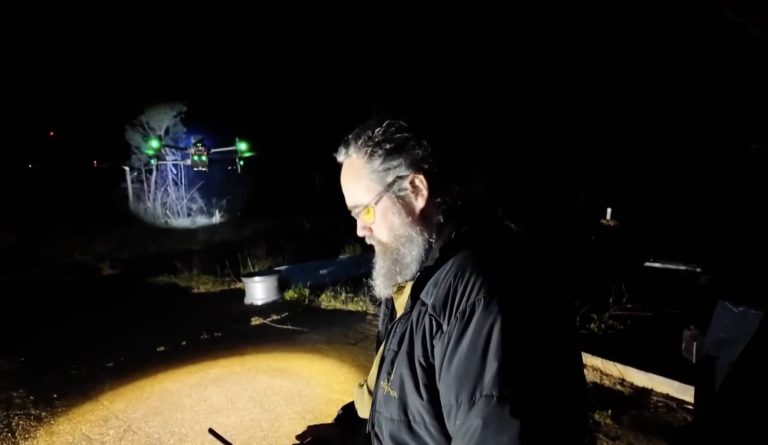
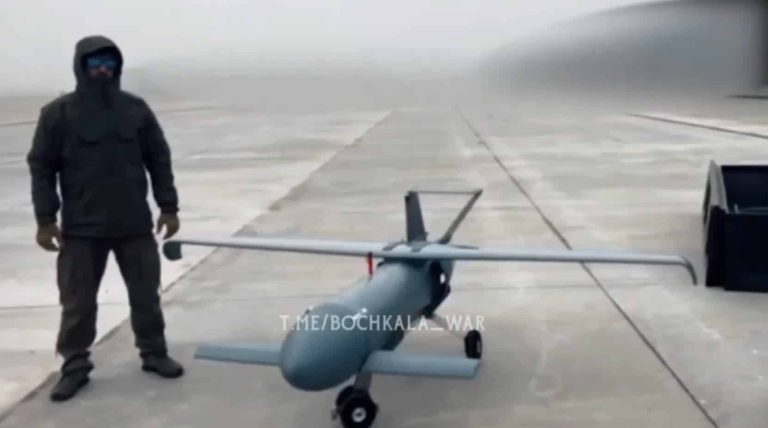
+ There are no comments
Add yours